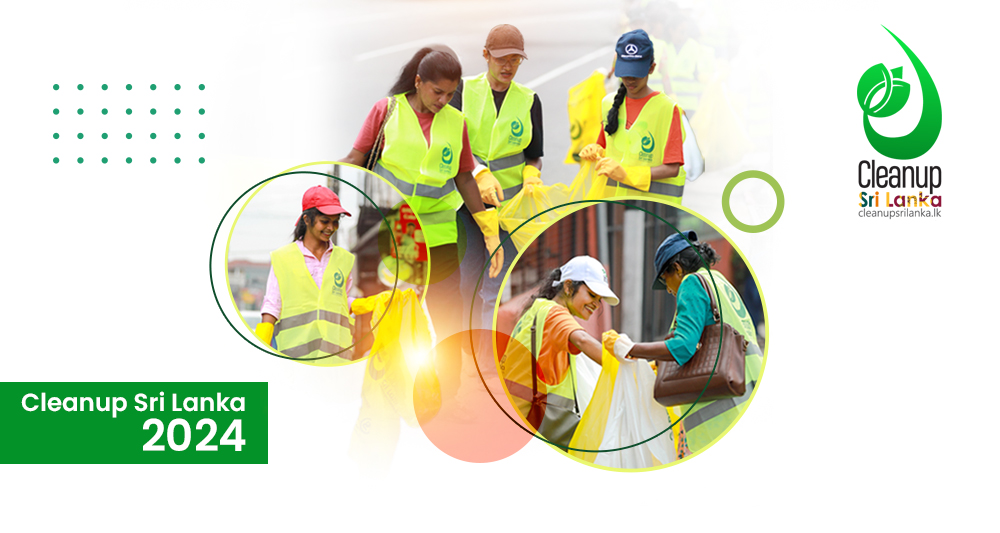Could energy recovery solve the mounting problem of global waste?

Global waste is piling up. With a steady increase of 1.55% per year, annual refuse volumes are expected to swell from 2.4 billion tonnes (Bt) in 2022 to 3.4 Bt by 2050. It’s wreaking havoc on the environment – but it’s also leaving a valuable energy resource untapped.
Converting waste into energy sources (WtE) seems a promising approach. Not only do processing plants reduce the volume of the waste that ends up in the ground by 90%, they can produce plenty of fuel and minimise environmental damage, too. Our new report Waste to energy landscape: projects, technologies and costs outlines the global WtE market outlook for 2050, how changing policies might affect key markets and which technologies could yield clean power.
Fill in the form to access a complimentary extract from the report, and read on for an introduction.
Waste is a largely untapped energy resource
Today’s waste management systems are inadequate for dealing with the volumes being generated around the globe. However, we expect WtE to become more significant in the coming decades. The potential for growth is startling: 70% of the global waste that’s currently bound for dumps and landfills is suitable for materials and energy recovery. Were all of today’s waste to be processed for energy, the amount recovered would be similar to solar power generation. But at the moment we are only tapping into 11% of this vast storehouse.
As WtE technologies are adopted worldwide, and government policies adapt, we may see up to 50% of waste recovered for energy by 2050 – 63.5 million tonnes of oil equivalent (mtoe). The picture varies around the world, however, and while progress is stalled in some countries, a new wave of growth is taking place in others. In APAC, for example, policymakers are exploring WtE in an effort to counter the ecological and health effects of landfilling and open dumping.
Regional approaches and challenges to WtE
With an urgent need to tackle waste management in the coming years, tightening land constraints, a focus on circularity and bans on importing waste, governments around the world are building out domestic WtE capacity.
The type of waste varies between regions, with both the volume and energy value increasing with economic development. Higher income regions tend to produce less wet food waste and more packaging and plastic, while organic waste dominates in poorer places.
In the developing world, landfill



